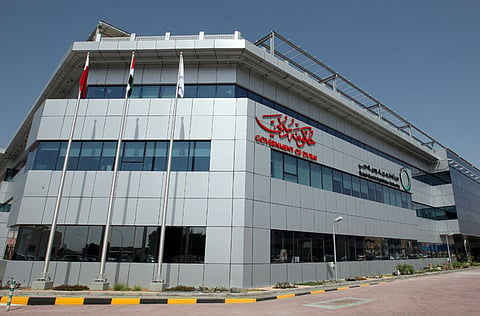UAE leads region in sustainability trend
65% of green buildings in Mena region found in UAE, but lags behind other markets

Dubai: The UAE is leading the region in the sustainability trend, having the highest share of green buildings in the Middle East and North Africa. The country and the rest of the Mena region, however, still lag behind other markets in terms of overall sustainability.
These are some of the findings highlighted in the report released yesterday by Jones Lang LaSalle, a real estate investment and advisory firm.
The construction of green buildings has long been encouraged as it offers a number of benefits to all stakeholders, from real estate developers, building owners to tenants. Green buildings can result in lower costs, higher rentals and values and promotes health and well-being of the residents.
There are about 1,200 green buildings in Mena that have a Leadership in Energy and Environmental Design (Leed) accreditation. Of these buildings, 65 per cent (802) are located in the UAE. Qatar is ranked second on the list, with 173 green buildings, followed by Saudi Arabia (145), Lebanon (25) and Egypt (22).
The report said the UAE’s position will be further strengthened should Dubai be chosen to host Expo 2020. Sustainability has been highlighted as one of the three themes of Dubai’s bid, along with mobility and opportunity.
Jones Lang LaSalle’s report looked at the region’s response to the global debate surrounding the environmental, economic and social sustainability of the built environment. It concluded that while there has been a greater push for more sustainable buildings and communities in the region, sustainability is “still in its infancy” in the Middle East.
“The Mena region faces a unique set of challenges and issues in terms of sustainable buildings and cities. For example, our water shortage is mitigated by costly desalination and we are faced with high water consumption which leads to a higher carbon footprint and ultimately impacts climate change,” said Alan Robertson, CEO of Jones Lang LaSalle Mena.
World Bank data show that as of 2009, Qatar had the highest per capita level of carbon dioxide emissions, at 44 metric tons per person annually. Kuwait came second, with 30.3 tons, followed by the UAE with 22.6.
According to Jones Lang LaSalle estimates, electricity and cooling account for around 40 per cent of the total operating costs for office buildings classified as Grade A in the UAE. It is believed that the same trend can be observed in other markets across the region.
The report said that the real estate sector in Mena has been developed only recently, so many of the current initiatives geared towards sustainability are still at their early stages. “The next few years are likely to see more green buildings and sustainable communities as the region increasingly walks the talk of sustainable real estate,” the report said.
The report cited that some of the factors that tend to limit the region’s progress on creating sustainability include the lack of legislation to enforce change and introduce new practices in most markets, limited awareness of environmental issues, among others.
Sign up for the Daily Briefing
Get the latest news and updates straight to your inbox



